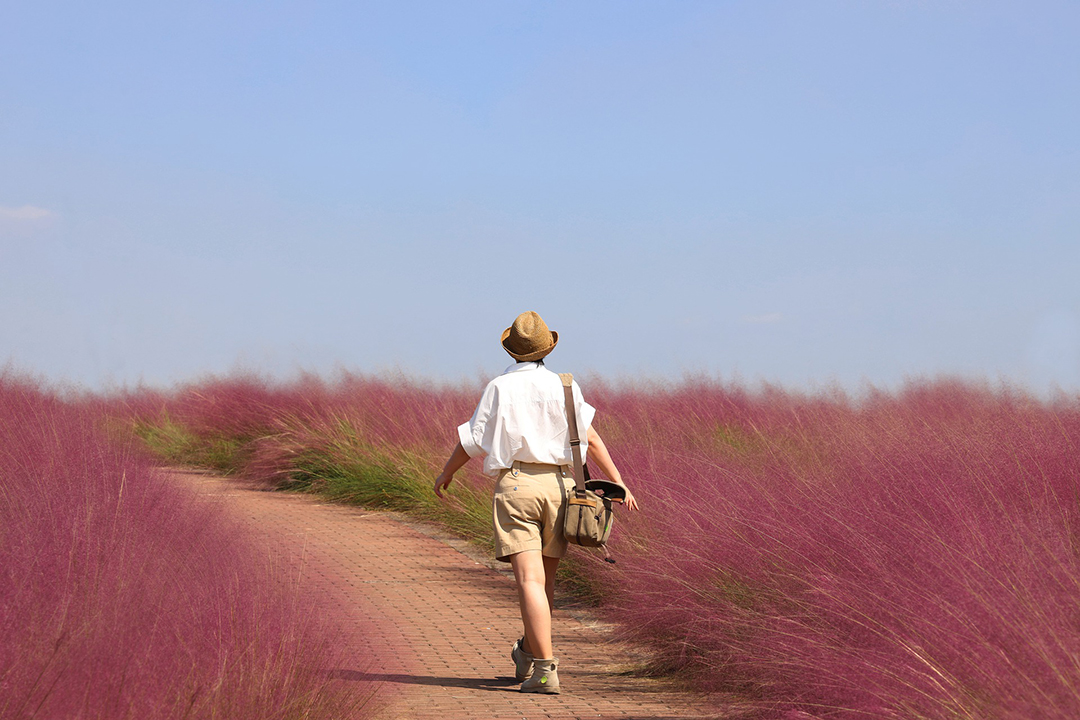YOUTH VOICES • WATER RESILIENCE
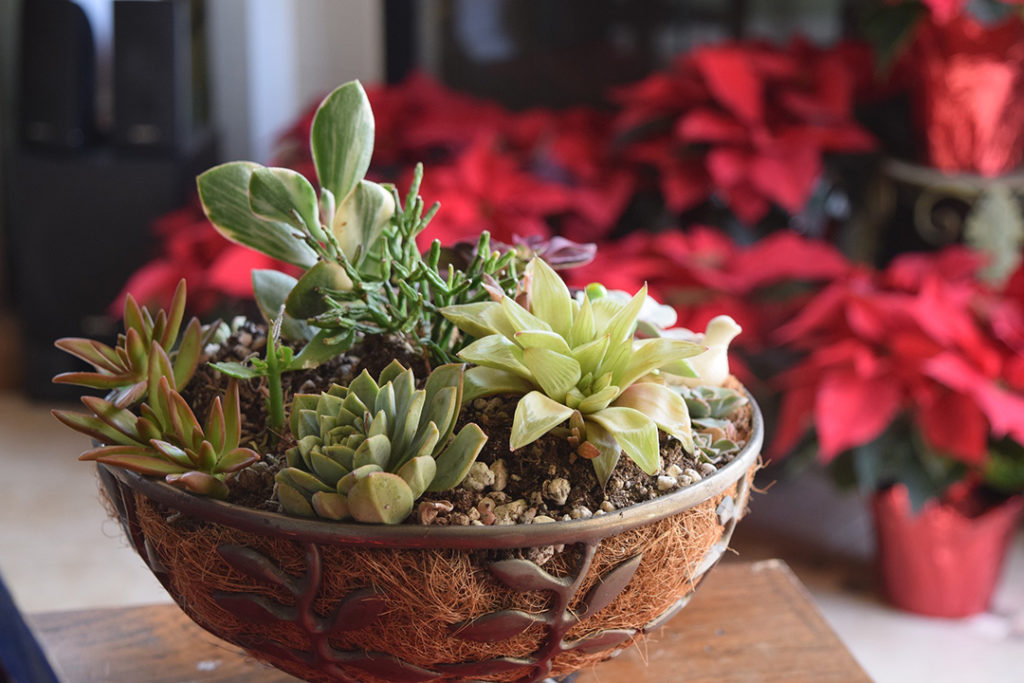
Finding water in a dry place
BY Jill Williams | Candidate Landscape Architect, Pretoria
FROM THE time we are conceived to the time we are buried, we are constantly interacting with water. It has fascinated man for millennia due to its strength and violence and its life-giving calmness. It can do the greatest of harm or a world of good, depending on its state and how it is utilised.
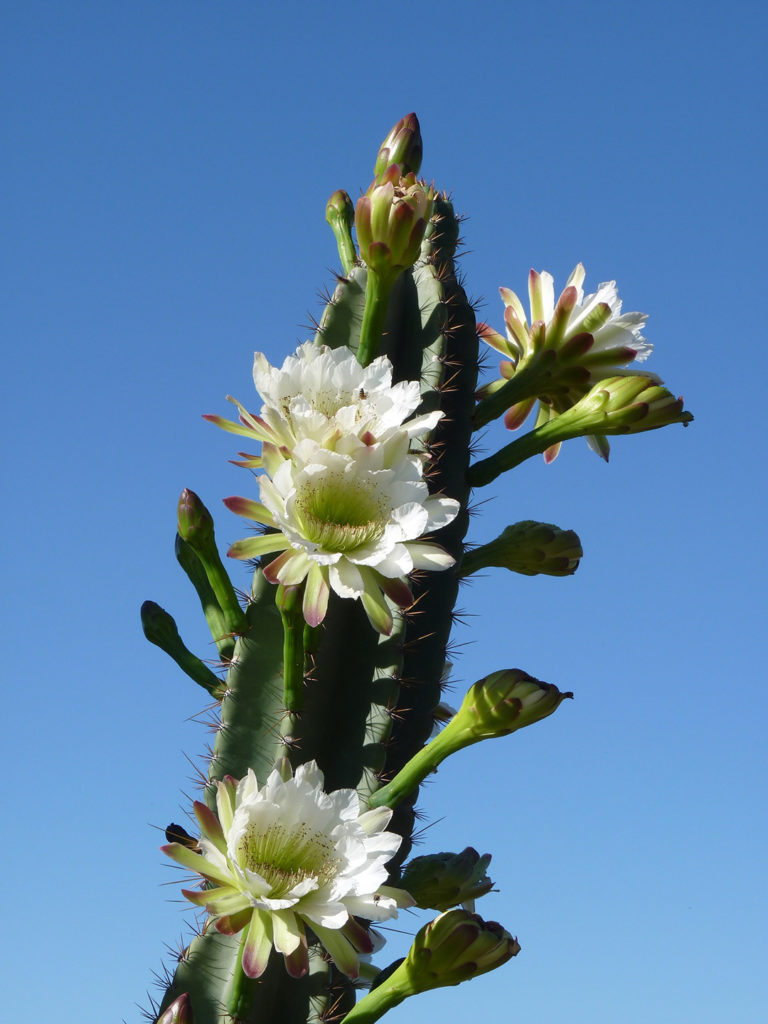
In the media, we are often faced with the devastating effects of drought, such as what is currently happening across the Horn of Africa, in parts of Ethiopia, Kenya and Somalia. We are also faced with floods, destroying homes and livelihoods, such as what happened in KZN, South Africa during May and June 2022. Furthermore, we are confronted by the recklessness and uncaring attitude of large corporate companies that pollute water by disposing of tonnes of toxic waste into rivers daily, such as in the case of the Klip River, south of Johannesburg (Dini, J.& McCarthy 2015). It’s in such times that the last things people are concerned about are the plants and animals in their environment, which might have run out of reliable sources of water—clean drinking water more specifically.
Effects of unavailable clean water
One of the unfortunate results when ‘water shedding’ (the cutting-off of water supply to certain areas for a controlled period of time) occurs, apart from water pumps breaking down, a lack of clean drinking water and proper sanitation, amongst others, is the lack of clean drinking water for animals and the death or ill health of plants. Not being able to water one’s plants with clean water and watering them with grey or unsafe tap water has rather negative effects on them and sometimes causes plants to fall into a period of ill health due to the concentration of some harmful chemicals such as chlorine in grey water (Life is a garden, n.d.). This can be particularly harmful to edible plants due to the presence of some bacterial organisms such as Escherichia coli (Simpson 2022).

Have you ever noticed how much more ‘alive’ your plants look, even if it is overcast? This is due to chemical compositions in tap water versus rainwater. According to The Conversation (2018), tap water, depending on its source can contain more sodium or chlorine, which, after some time, can reduce the plant’s ability to take up nitrates (plant food). Rainwater and air that is saturated with water vapour have all the aspects required for the healthy growth of your plants—it is aerated (oxygenated) through the evaporation and condensation process, is heated and exposed to sunlight containing UV rays which help to remove harmful chemicals from the water and eventually becomes ‘fixed’ with nitrates through the process of nitrogen fixation, before falling to the ground in the form of tiny water droplets (fog) or larger water droplets of rain, which can freeze to form hail or snow. The process brings ‘life’ back into water and that life ensures that plants receive much more nutritional content than just tap water and manual soil improvement alone.
Natural means of improving water quality
There are other means of improving water quality naturally. Some plants, such as hydrophilic (water-loving) plants provide a great benefit environmentally for improving water quality. The above-cited case study (Dini, J.& McCarthy 2015), mentions that wetlands, also called marshlands or peatlands, are natural water-scrubbing areas that need a few important elements to purify water. The process requires anaerobic soils, hydrophilic plants, sunshine and time amongst others. The slower the rate of movement of the water, the more time it has to interact with the plants, soil and sunshine, causing harmful chemicals to become trapped in the plants and soil. Some peatlands are very old, such as the Upper Kapuas Basin in the Indonesian part of Borneo Island, at the geographic centre of maritime South-east Asia which is more than 47 000 years old (Monika 2020). It contains so much stored carbon in its peat that it can possibly burn for thousands, if not millions of years if ignited! That is how effective this system is when retained in its natural state or constructed in a way that is true to the natural principles of wetland systems.
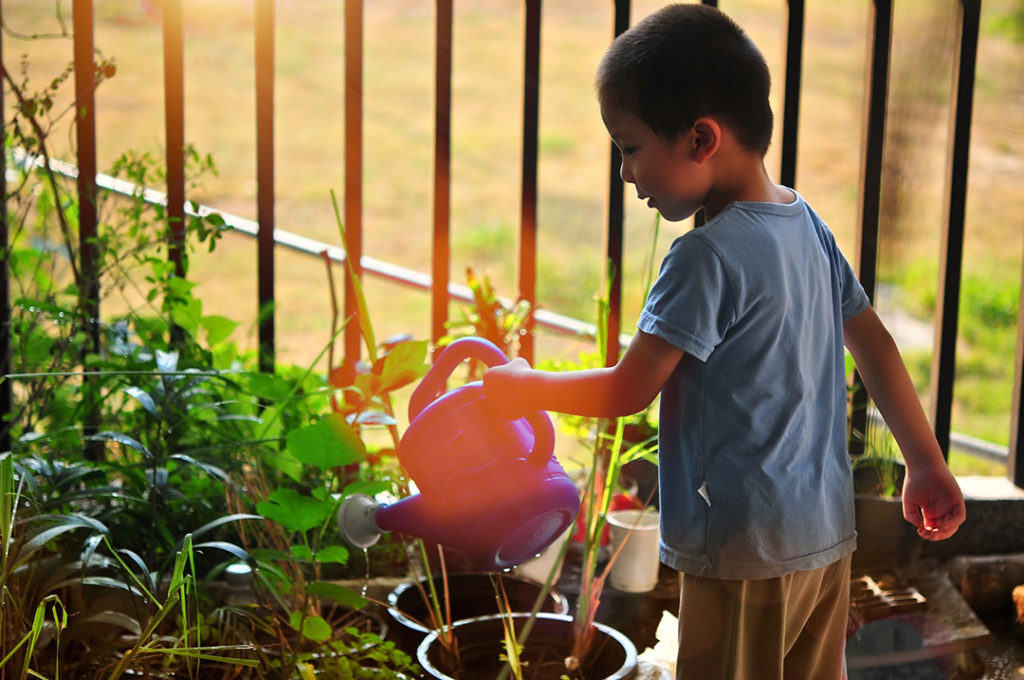
water shortages occur. Credit: Image by Phichit Wongsunthi from Pixabay.
Natural systems such as these are so effective that they can produce potable (drinkable) water if maintained in the system for long enough. Yet, long periods of drought and increased pressure on this system when rain does eventually fall, together with the narrowing of waterways and the increased rate of flow of water in the system prevent it from adequately interacting with the water-scrubbing agents and therefore causes harmful chemicals to remain in the water. Furthermore, the rapid flow rate may cause plants to become damaged and uprooted due to the effect of soil erosion. This ultimately destroys wetland systems. This requires the collaboration of the private and public sectors, to ensure that these systems are not overburdened. People and animals could even benefit from this system through the production of edible plants such as the Aponogeton distachyos or Waterblommetjie, found in the Western Cape, which is famous for fantastic stews and other dishes.
Air plants
So, what can we do to have beautiful-looking plants and possibly benefit from naturally cleaned water in the process?
Rainwater and air that is saturated with water vapour have all the aspects required for the healthy growth of your plants
The first option is to go almost completely ‘off the grid’ with epiphytes, which are also known as air plants. Air plants work very well as ornamental pieces in and around the home; however, these generally do not produce anything edible and do not necessarily assist with water purification or as a source of clean water. They can be hung anywhere from a kitchen shelf to a trellis or pot outside and require little to no water and soil, as all the nutrient content it requires is from the air. A personal favourite is Old man’s beard or Clematis vitalba.
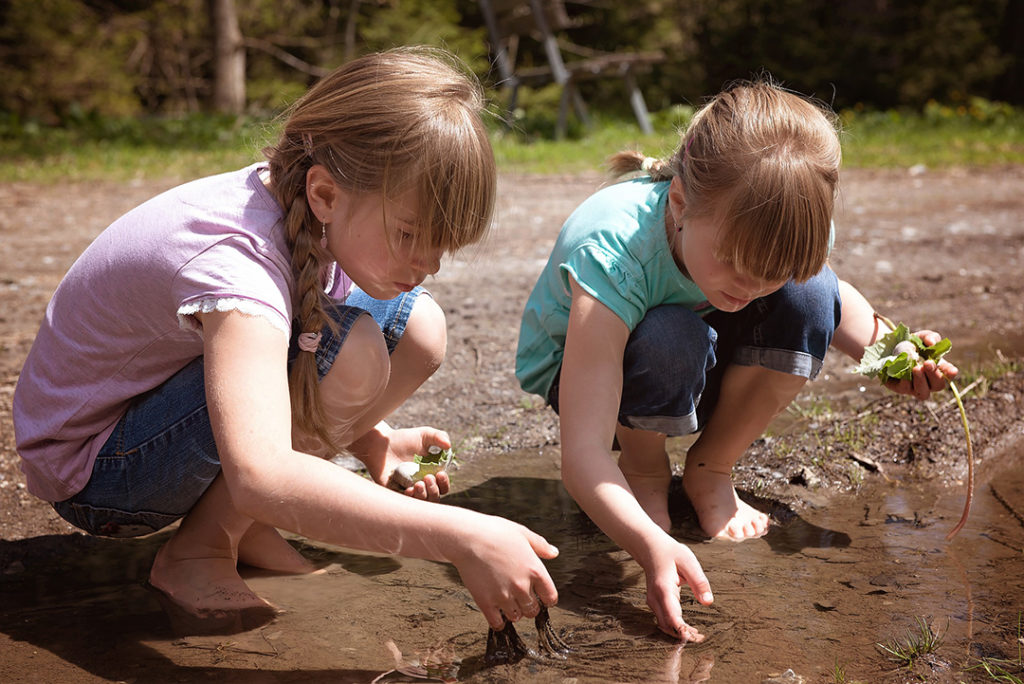
Succulent plants
The second, more known option is the use of succulents. Xerophytic or dry landscapes are often overlooked when the conversation of water availability and conversations on water ensue. We think about what is visible—oceans, rivers, lakes. However, all landscapes have water-holding systems and the capacity to provide water to their inhabitants, even the driest of deserts!
The indigenous nomads of southern Africa, the San, used plants such as Sceletium tortuosum or Kanna as a water source when going on long hunting excursions
The indigenous nomads of southern Africa, the San, used plants such as Sceletium tortuosum or Kanna as a water source when going on long hunting excursions (Manganyi et al. 2021). Plants such as these could be squeezed or crushed to release moisture, a natural source of clean water, as well as additional health benefits for their journey ahead. This is a source of both food and water for both people and animals.
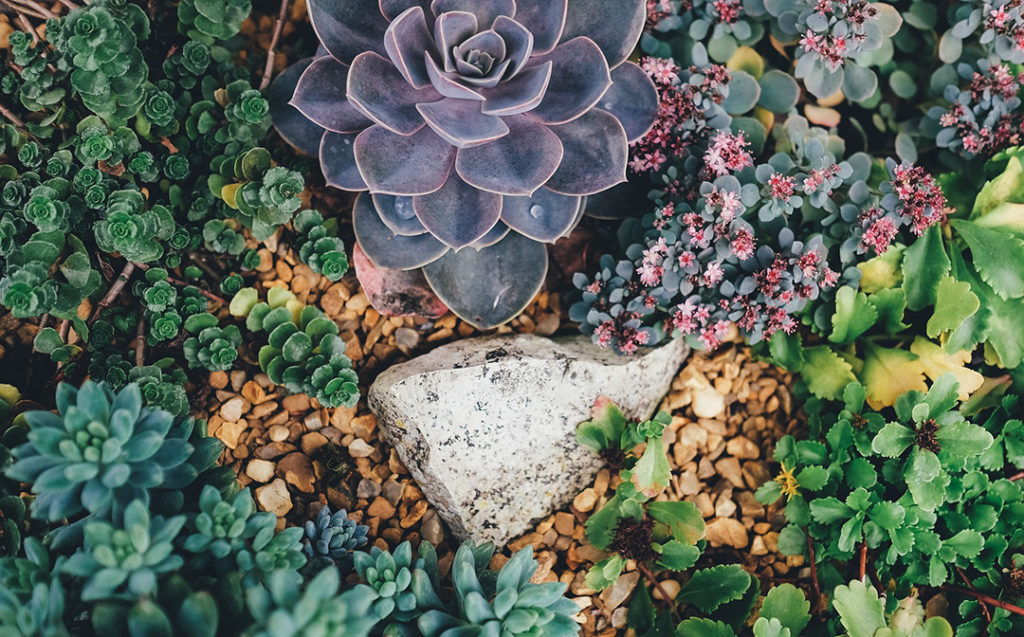
Xerophytic plants have amazing structures, just like their hydrophilic counterparts. They are generally composed of fleshy leaves and sometimes thick rhizomes and tubes that can be eaten and that store water. Even their smooth and waxy texture ensures that any available water vapour collected on its surface immediately runs down its fleshy skin into the ground, to be stored by the rhizomes or be taken up by the roots into a thick fleshy stem or leaf, depending on the plant. Isn’t that amazing? One can plant xerophytic plants such as succulents in smaller spaces; in terrariums and even in broken coffee mugs! The variety in size, colour and form of succulents allows one to have a very wide variety of choices when planting in all spaces—great and small. Furthermore, the additional benefit of planting succulents in your garden or pot is that they can provide edible plants for cooking, such as the Portulacaria afra or Spekboom, which has become widely popular in soups and salads, as elephants also discovered in the thickets of the Eastern Cape and the semi-arid Karoo area of South Africa.
Xerophytic landscapes
Xerophytic landscapes save water, money and energy in terms of maintenance, as indicated in National Cash Offer (2019). These landscapes are also visually striking and can be used to replace exotic plant species which often consume large quantities of water, without giving any benefit back to the community, apart from the visual appeal. Natural rainwater and very seldom manual watering will keep your garden looking in top form (even if grey water is all you have at your disposal). So why not give plants as a gift instead of something you will throw away later? You can start building up your xeriscape by using plant cuttings, gifting people with succulent plants and re-investing your lunch money for a short time into greening your personal and work spaces. Most succulents are pet friendly and have their relevant information available at the nursery or online to ensure that the plants you purchase are not harmful if they decide to take a nibble on them.
The additional benefit of planting succulents in your garden or pot is that they can provide edible plants for cooking
One aspect that many say detracts from the use of succulents is their aesthetic appeal. Nonetheless, I foresee that future landscapes would look much more airy and succulent. Not everyone likes the look of a succulent; however, the look of your water bill at the end of the month will surely make a Desert rose look like the finest rose from the King’s garden!
—
References
Dini, J.& McCarthy, T. 2015. Ecological infrastructure. Case Study 5: scrubbing our water clean. South African National Biodiversity Institute, Pretoria.
Life is a garden. n.d. Home: blog: use grey water in your garden.
Manganyi, M.C. et al. 2021. A chewable cure, Kanna: biological and pharmaceutical properties of Sceletium tortuosum. Molecules. Vol. 26(9), pp 1,2. Multidisciplinary Digital Publishing Institute
Monika, R.E. 2020. The oldest extant tropical peatland in the world: a major
carbon reservoir for at least 47 000 years. Environmental Research Letters 15 (11),1.
National Cash Offer. 2019-04-02. Home: blog: what is xeriscaping and how can it save you money?
Simpson, M. 2022-02-22. Home guides. Garden: garden care.
The Conversation. 2018-12-12. Africa: environment + energy.


